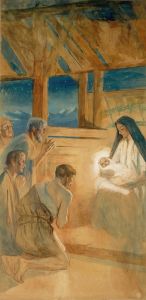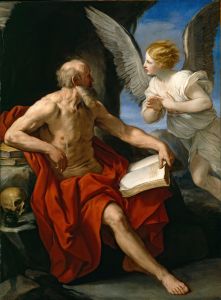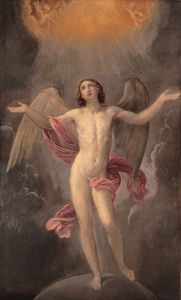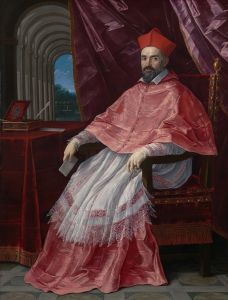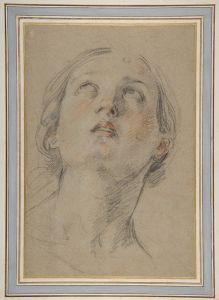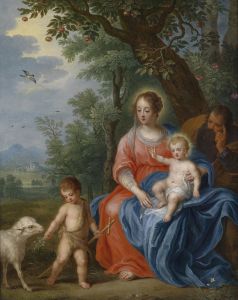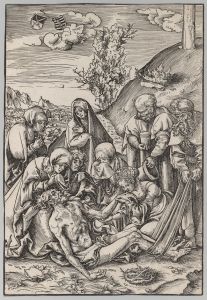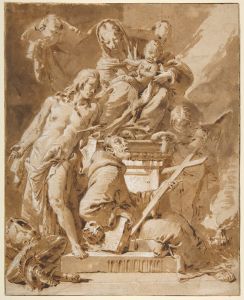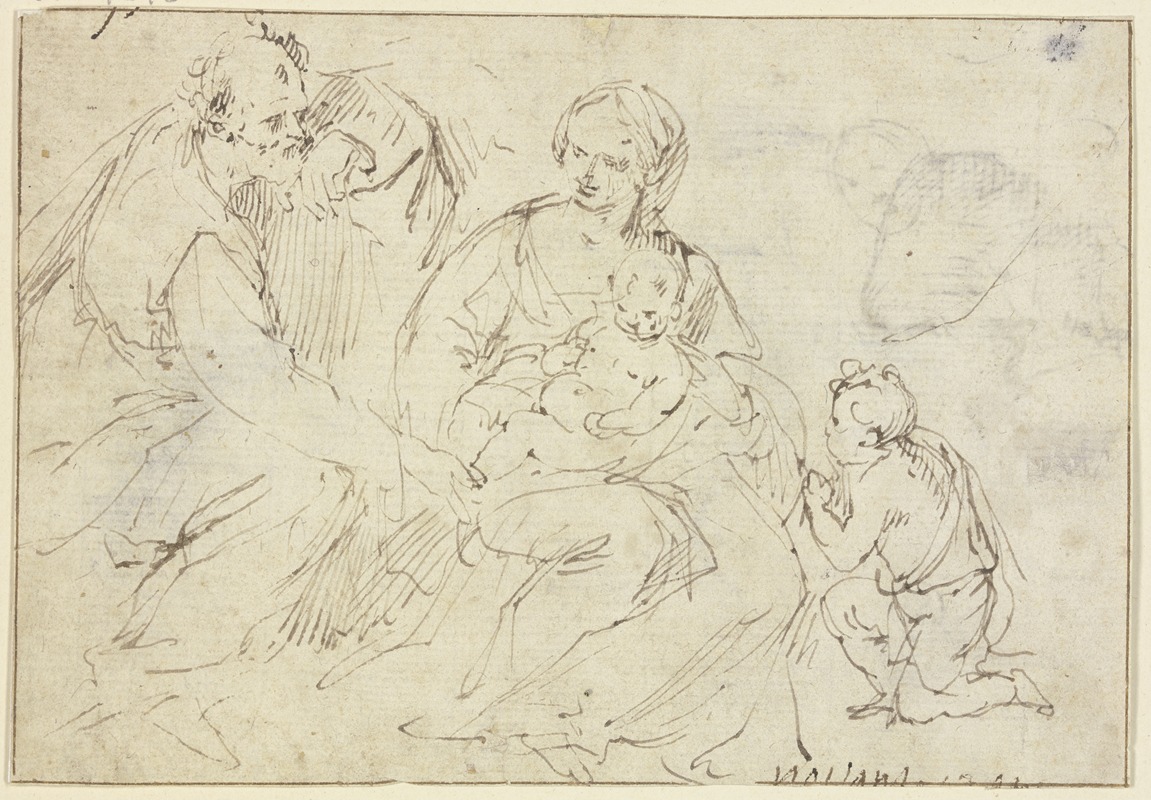
Heilige Familie mit dem knienden Johannesknaben
A hand-painted replica of Guido Reni’s masterpiece Heilige Familie mit dem knienden Johannesknaben, meticulously crafted by professional artists to capture the true essence of the original. Each piece is created with museum-quality canvas and rare mineral pigments, carefully painted by experienced artists with delicate brushstrokes and rich, layered colors to perfectly recreate the texture of the original artwork. Unlike machine-printed reproductions, this hand-painted version brings the painting to life, infused with the artist’s emotions and skill in every stroke. Whether for personal collection or home decoration, it instantly elevates the artistic atmosphere of any space.
"Heilige Familie mit dem knienden Johannesknaben" (The Holy Family with the Kneeling Boy John) is a painting by the Italian Baroque artist Guido Reni. This artwork is a notable example of Reni's skill in religious compositions, characterized by his graceful figures and delicate use of color.
Guido Reni was born on November 4, 1575, in Bologna, Italy, and became one of the most prominent painters of the Baroque period. He trained under Denis Calvaert and later joined the Carracci Academy, where he was influenced by the Carracci family's emphasis on classical and naturalistic styles. Reni's work is known for its serene beauty and idealized figures, often drawing comparisons to the works of Raphael.
The painting "Heilige Familie mit dem knienden Johannesknaben" depicts the Holy Family, consisting of the Virgin Mary, the Christ Child, and Saint Joseph, with the young John the Baptist kneeling in adoration. This composition is a common theme in Christian art, symbolizing the close relationship between Jesus and John the Baptist, who is often portrayed as recognizing Jesus' divine nature even from a young age.
In this painting, Reni employs a soft, harmonious palette, with gentle transitions between light and shadow, creating a sense of tranquility and reverence. The figures are arranged in a pyramidal composition, a technique often used during the Renaissance to create a sense of stability and focus. The Virgin Mary is typically depicted in a blue mantle, symbolizing her purity, while the Christ Child is shown with a serene expression, blessing the kneeling John the Baptist.
Reni's ability to convey emotion through delicate facial expressions and graceful gestures is evident in this work. The tender interaction between the figures highlights the theme of divine love and familial bonds. The background of the painting is usually kept simple, directing the viewer's attention to the central figures and their interactions.
Guido Reni's works were highly sought after during his lifetime, and he received numerous commissions from religious institutions and private patrons. His influence extended beyond Italy, impacting artists throughout Europe. "Heilige Familie mit dem knienden Johannesknaben" exemplifies Reni's mastery of religious subjects and his ability to infuse his compositions with a sense of divine grace and human tenderness.
The painting is housed in various collections, and its exact location can vary as it may be part of traveling exhibitions or held in private collections. Reni's legacy continues to be celebrated for his contributions to Baroque art and his ability to blend classical ideals with the emotional intensity characteristic of the period.
In summary, "Heilige Familie mit dem knienden Johannesknaben" by Guido Reni is a quintessential example of Baroque religious art, showcasing the artist's skill in composition, use of color, and ability to convey deep spiritual themes through his work.





